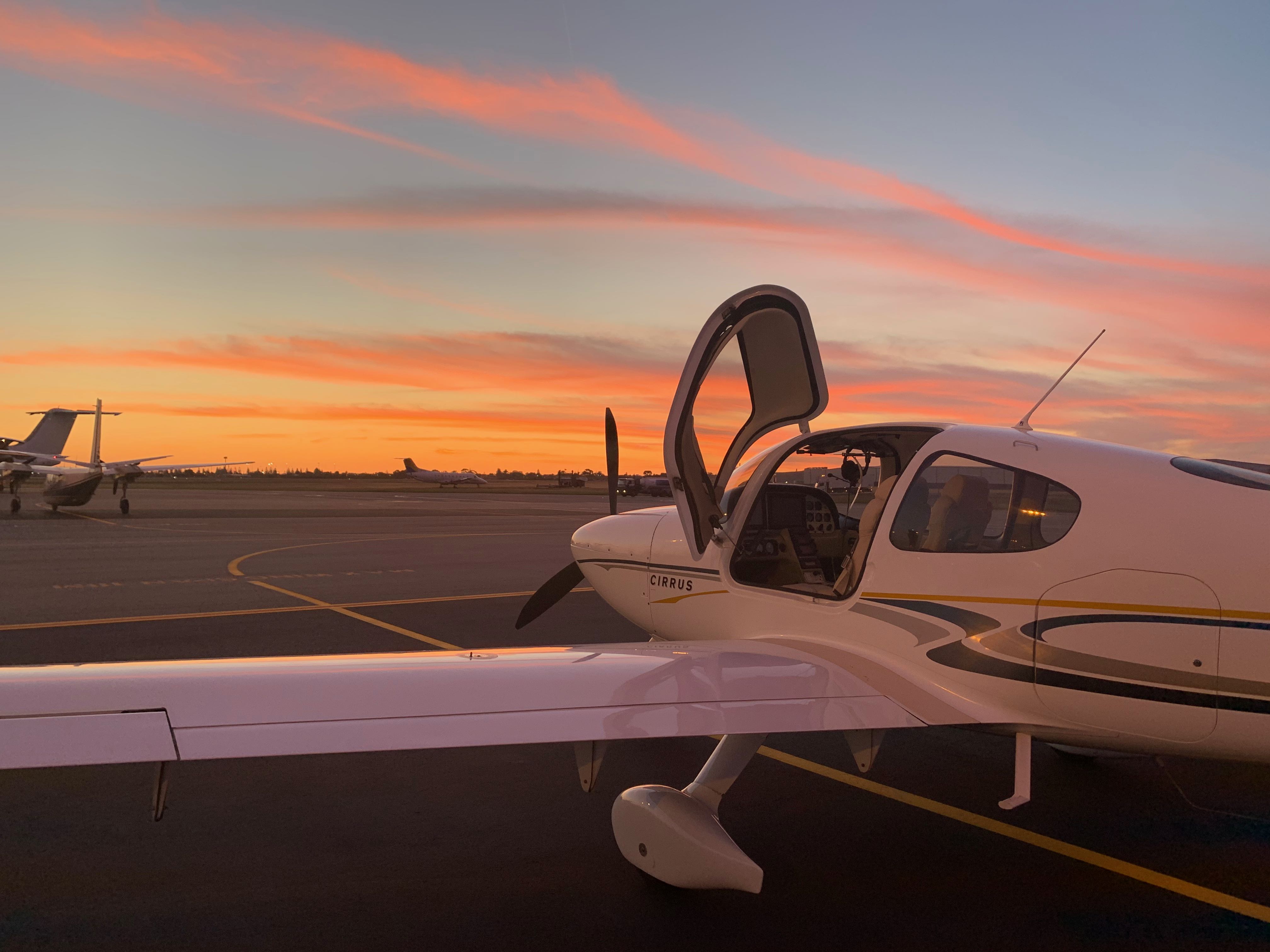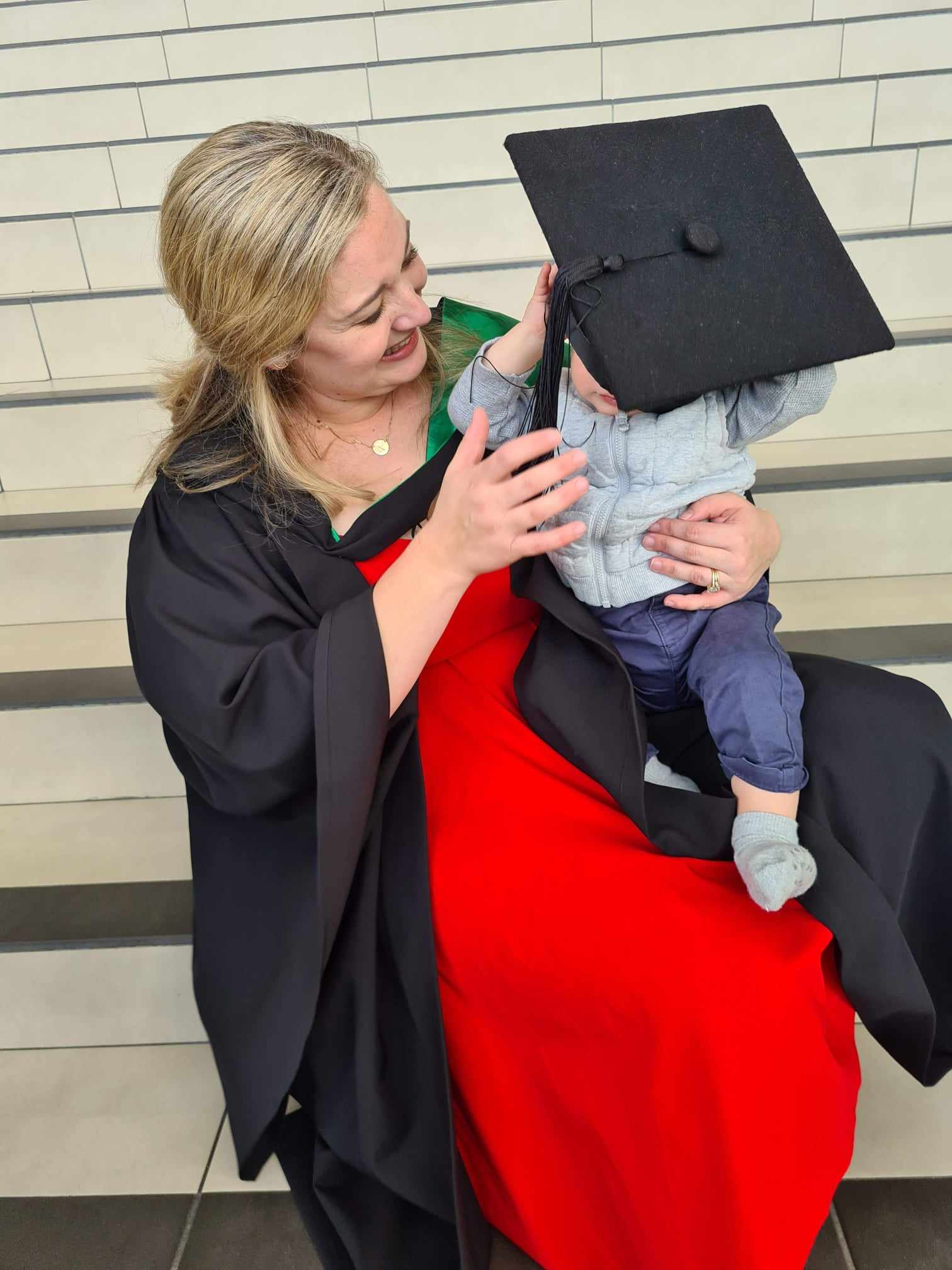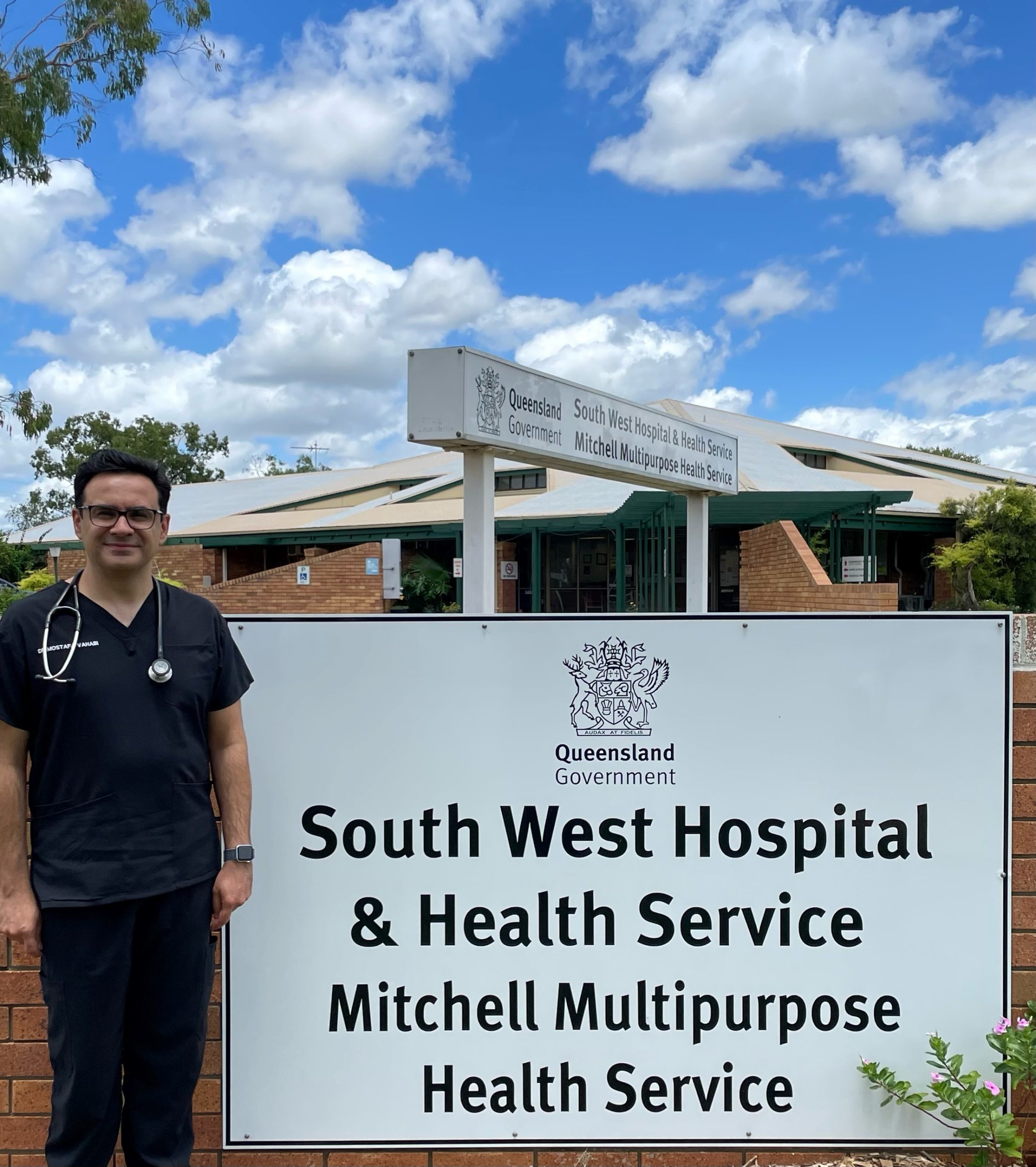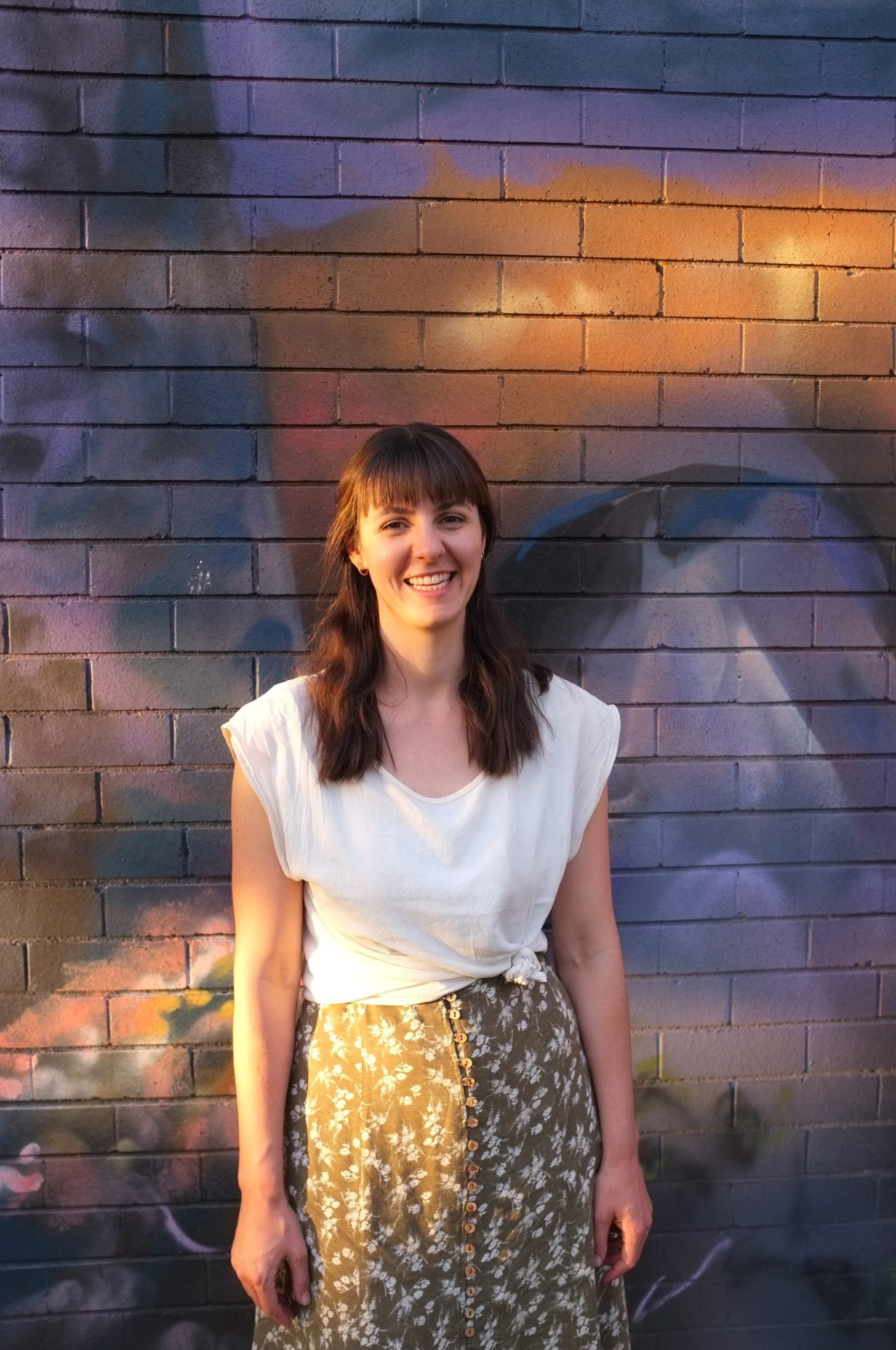Leonardo da Vinci famously said, ‘for once you have tasted flight you will walk the earth with your eyes turned skywards, for there you have been and there you will long to return.’ Perhaps this explains why an increasing number of Rural Generalists are taking their love of flying to new heights.
Three Rural Generalists, Drs Michael Clements, Rory Rearden and Tom Currie, share why they can’t keep their feet on the ground and how flying adds something special to life as a Rural Generalist.
I feel the need… the need for speed
Michael always loved the idea of flying. “I joined the Australian Air League (like Air Cadets) and considered joining the Air Force as a pilot. I joined as a doctor instead and kept flying as a hobby initially.”
“I was a junior rural GP trainee and when I was searching for my first GP placement, I met a supervisor GP Pilot, Dr Stuart Adamson. Stuart said that if I did a GP placement with him I would have my licence by the end of it! His clinic was based on a model of flying himself to remote towns and providing a clinic, and so he needed his doctors to fly. I did my first GP placement at his clinic in Geraldton WA and did flying lessons after work, during lunch or on the weekends.”
For Rory, the flying dream was sparked by his dad. “As a kid, dad taught me the flying basics by building and flying model aeroplanes together at home, mucking around with flight simulators on the computer and one or two birthday surprises with a real flight! Dad was even brave enough to be my first passenger!”
Tom also considered a career as a pilot but quashed the aspirations after learning in a year 8 science class that he was red-green colour blind. “I’ve since learned that this is no barrier to becoming a pilot and that there are over 400 commercial pilots in Australia with colour vision deficiencies.”
There’s nothing plane about you
Upon learning that it costs more to fly to Brisbane from Mount Isa than it does to fly from Brisbane to Singapore, Tom thought… “I’m going to fly myself. They opened a school here [Mt Isa] last year and so I put my isolation bonus towards getting my licence.”
A pilot’s licence was even easier to justify when considering the logistical nightmare of travelling home to visit family in country NSW. “I could either catch five lots of public transport requiring a night in transit or drive for 25hrs. Alternatively, I could get in a 160-knots (300km/hr) capable four seat aeroplane and be home in 6hrs on a single tank. It also makes it easier to get to The Birdsville Races!”
Being a pilot and doctor in the Royal Australian Air Force (RAAF) had extra perks beyond logistics for Michael. “I had the opportunity to fly in all but one of their airframes. I have had some stick time in an FA/18 Hornet, PC-9, a RAF Hawk in the UK and been in the jump seat (cockpit) of everything from C17’s descending into Afghanistan to Caribous into dirt strips. You never get tired of it.”
Is there a doctor on board?
Blending flying with Rural Generalism is the secret sauce to mixing work and play. Aviation is both a business tool to enable further outreach but also a way for isolated and rural doctors to connect to regional and urban centres for their own needs.
One of Michael’s motivations for opening a private practice in Townsville was to commence remote GP clinics to the underserved communities in the region. “In 2016 I started the first of my outreach clinics and we continue to expand. We receive funding from multiple sources but mainly federal grants for outreach clinics. Our first contract was for four clinics a year and now we have a clinic operating every fortnight somewhere in North Queensland. I am not in a position to do all the flying, unfortunately, so I employ a casual pilot and I have two of my doctors training up for their pilot’s licence so that they can take on some more work.”
Tom has recently put a new slant on his love of aviation by completing training to become a Designated Aviation Medical Examiner (DAME) to conduct medicals for pilots. “With an RFDS base, commercial charter operations and mustering pilots based in North West Queensland, I look forward to offering this service as part of becoming a Rural Generalist. It would be even better to use an aeroplane to fly to them in order to offer this service.”
Blending Rural Generalism and flying can be as big and diverse as you like. Rory highlights that a flying hobby can take many forms. “From bush flying in your back paddock to aerobatics with your friends or flying above the clouds, getting your pilot’s licence opens up a world of opportunity.”
You can be my wingman anytime
It goes without saying that flying is not your run of the mill hobby. There are significant costs, competencies and time commitments involved. Michael likens the challenge of doing enough time in the sky to remain current and competent with maintaining Rural Generalist procedural skills.
Most of the work involved with flying is in the preparation. Tom says, “once you’ve learned how to land, the rest is like driving a car. Most of the work is done before you get in the aeroplane i.e. planning for weather, fuel requirements, calculating safe altitudes and passenger weights. Like medicine, there’s some physics and chemistry involved. In terms of getting your hands on an aircraft, you can hire them (charged only by the hour the engine runs and not for the time you leave it on the ground at your destination) or purchase your own outright from around $20,000.”
Make my way back home and learn to fly
So you’ve read this far and may be entertaining thoughts of getting your own air time. Rory is quick to mention “the initial spark of interest in what’s flying overhead has set many before us down this eternal love affair with aviation!”
Here’s a few tips from your enthusiastic crew of Rural Generalist pilots to help you get started.
Firstly, Michael suggests you book yourself in to a reputable flying school for a ‘Trial Instructional Flight’. “This is a hands-on experience for a person new to flying to give them a feel for it. The instructor can then give a lot of useful information on planning your training according to budget. If all you want to do is to take up a small two-seater around your local area for a bit of fun, you can achieve this for anywhere from $5,000 to $10,000. If you want to fly for work and add things like an instrument rating to your flying, you need closer to $30,000. This cost is spread out over time and you increase your training as your needs progress.”
Michael adds that choosing the right instructor and planning a cost-effective training pathway can make all the difference. “Pick an appropriate and reputable school for your budget and have an instructor that is suitable for your personality. You want to fly with the instructor you propose to work with to make sure they fit your learning needs.”
You may also want to consider completing your training in a block. Tom suggests putting aside a three-four week block and completing it in one go. “Your skills will wane if you complete it in segments and this will end up costing you more in the long run. If I had my time again, I would consider working toward a RAAus Licence (ultralights) first, before transferring across to a recreational (RPL) or private pilot’s licence (PPL) as the training is cheaper.”
Making connections with the aviation community is a great way to get started. Rory says the key is to just start a conversation. “There’s no shortage of aero-nerds willing to regale you with their latest bush landing and the local flying school is the best place to start. Soon enough you’ll find that popping into your aero club to pick up a pamphlet, turns into a three-hour cuppa chatting about tailwheels, cuban eights and cloud types!”
You can also connect with a society of doctors who share a passion for aviation through the Australasian Society of Aerospace Medicine (ASAM). Tom says they hosted their annual conference ball on the Alice Springs Airport runway last year.
Son, your ego is writing checks your body can’t cash
Michael highlights that flying is a lot of fun and can be very rewarding, but there are risks involved. Just like in medicine.
“Risks are managed through good decision making, an awareness of limitations and excellent training, much the same as medical practice. If we treat flying with the same respect and consideration that we do when conducting a medical procedure, the safety margins are excellent.”
Sorry, Goose, but it’s time to buzz the tower
Rory points out that too many times you hear people say ‘yeah I always wanted to learn to fly but…’. “Sometimes the momentum of life can push us away from our earliest ambitions and we can convince ourselves that what we want is too hard. With a little determination and patience, you can experience the joy of jumping into an aeroplane on your own and tasting the freedom of flight.”







